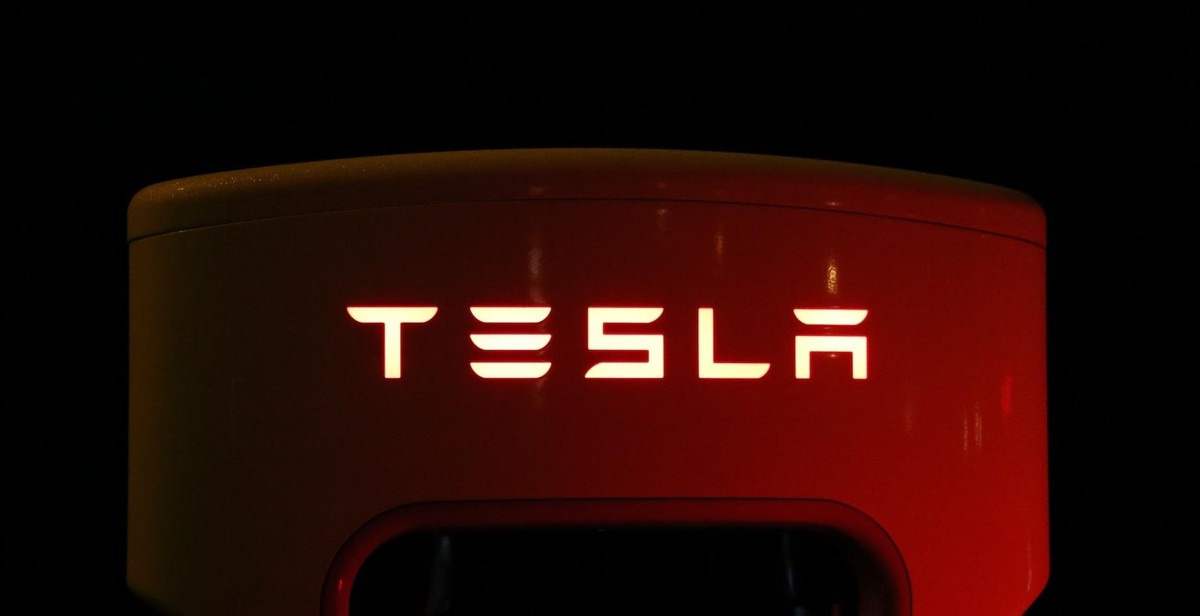How to Safely Jump-Start an Electric Car: Step-by-Step Guide
Electric cars are becoming increasingly popular due to their eco-friendliness and low maintenance costs. However, just like traditional gasoline-powered cars, electric cars can experience a dead battery. In such an instance, jump-starting the car is necessary to get it back on the road. Jump-starting an electric car may seem daunting, especially if you have never done it before. However, with the right tools and knowledge, it can be done safely and effectively.
Why Electric Cars Need Jump-Starting
Although electric cars have a longer-lasting battery than their gasoline counterparts, they can still experience a dead battery. This can happen if the car has been left unused for an extended period, if the battery is faulty, or if the car has been used excessively without being recharged.
Tools Required for Jump-Starting an Electric Car
Before jump-starting an electric car, you will need to have the following tools:
- Another electric car or a portable jump starter
- Jumper cables
Step-by-Step Guide to Safely Jump-Starting an Electric Car
Follow these steps to safely jump-start an electric car:
- Turn off both cars and make sure the keys are removed from the ignition.
- Connect the positive cable to the positive terminal of the dead battery.
- Connect the other end of the positive cable to the positive terminal of the charged battery.
- Connect the negative cable to the negative terminal of the charged battery.
- Connect the other end of the negative cable to a metal surface on the dead car, away from the battery.
- Start the engine of the charged car and let it run for a few minutes.
- Attempt to start the engine of the dead car. If it doesn’t start, wait for a few more minutes and try again.
- Once the dead car starts, remove the cables in the reverse order they were connected.
Jump-starting an electric car can be a simple process if you follow the steps carefully. However, if you are unsure about any step, it is best to seek the assistance of a professional mechanic to avoid any damage to the car or injury to yourself.
Understanding Electric Cars and Their Batteries
Electric cars are becoming increasingly popular due to their environmental benefits and cost savings. These vehicles are powered by electric motors and rely on rechargeable batteries to store the energy needed to run them.
How Electric Cars Work
Electric cars use an electric motor instead of a gasoline engine to propel the vehicle. The motor is powered by a large battery pack that is made up of many individual battery cells. The battery pack is charged by plugging the car into an electric outlet or a charging station.
When the car is in motion, the energy from the battery pack is sent to the electric motor, which turns the wheels. The motor is controlled by an electronic controller that regulates the amount of power sent to the motor based on the driver’s commands.
Types of Electric Car Batteries
There are two main types of electric car batteries: lithium-ion batteries and nickel-metal hydride batteries.
| Lithium-ion Batteries | Nickel-metal Hydride Batteries |
|---|---|
| Lithium-ion batteries are lighter and more efficient than nickel-metal hydride batteries. They have a higher energy density, which means they can store more energy in a smaller space. They are also less prone to memory effect, which can cause battery life to degrade over time. | Nickel-metal hydride batteries are heavier and less efficient than lithium-ion batteries. They have a lower energy density, which means they can store less energy in a larger space. They are also more prone to memory effect, which can cause battery life to degrade over time. |
Overall, electric cars are a great alternative to traditional gasoline-powered vehicles. They are better for the environment and can save drivers money in the long run. Understanding how electric cars and their batteries work is important for anyone considering making the switch to electric.

When to Jump-Start an Electric Car
Jump-starting an electric car is not something that you should do lightly. It should only be done when there is a clear need for it. Here are some signs that your electric car battery needs jump-starting:
- The car won’t start: This is the most obvious sign that your battery needs a jump-start. If you turn the key and nothing happens, it’s likely that your battery is dead or too weak to turn the engine over.
- The lights are dim: If your headlights or interior lights are noticeably dimmer than usual, it can be a sign that your battery is losing power.
- The car is slow to start: If your car takes longer than usual to start, or if it cranks slowly, it may be a sign that your battery is weak.
- The car is making clicking sounds: If you hear a clicking sound when you turn the key, it may be a sign that your battery is not providing enough power to start the car.
- The car is losing power: If you notice that your car is losing power while you’re driving, it may be a sign that your battery is not charging properly.
If you notice any of these signs, it’s important to take action as soon as possible. Ignoring them can lead to a dead battery and leave you stranded.
It’s also important to note that jump-starting an electric car is not the same as jump-starting a gas-powered car. The process is different, and there are some important safety considerations to keep in mind.
| Gas-Powered Car | Electric Car |
|---|---|
| Uses a 12-volt battery to start the engine | Uses a high-voltage battery to power the motor |
| Can be jump-started from another car or a portable jump starter | Should only be jump-started by a professional or someone with experience |
| Can be jumped from the battery terminals | Should be jumped from designated jump-start points |
Knowing when to jump-start an electric car is important for maintaining the health and longevity of your battery. If you’re not sure if your battery needs a jump-start, it’s best to consult your owner’s manual or contact a professional for assistance.

Safety Precautions to Take Before Jump-Starting an Electric Car
Jump-starting an electric car can be a safe and straightforward process if you take the necessary precautions. Here are some safety measures to keep in mind before attempting to jump-start your electric car:
Wearing Protective Gear
Before you begin, make sure to wear appropriate protective gear, such as gloves and safety glasses. This will protect you from any potential electrical shocks or battery acid exposure.
Locating the Battery and Reading the Owner’s Manual
Locate the battery in your electric car and read your owner’s manual carefully to understand the specific procedures and safety precautions recommended by the manufacturer. This will help you avoid any damage to your vehicle and ensure your safety.
Checking the Battery Condition
Before jump-starting your electric car, check the battery’s condition. Look for any signs of corrosion, leaks, or cracks on the battery or cables. If you notice any damage, do not attempt to jump-start your car. Instead, seek professional help.
Also, ensure that the battery is not frozen or swollen, as this could indicate a malfunction that requires professional assistance.
By following these safety precautions, you can jump-start your electric car safely and avoid any potential hazards.
How to Safely Jump-Start an Electric Car: Step-by-Step Guide
Jump-starting an electric car is not as complicated as it may seem. By following a few simple steps, you can safely jump-start your electric car and get back on the road.
Step 1: Position the Cars
Park both the working and dead electric cars close enough to each other so that the jumper cables can reach both batteries. Make sure that the cars are not touching and that they are in park or neutral with the parking brake engaged.
Step 2: Turn Off All Electrical Components and Open the Hoods
Turn off all electrical components in both cars, including the headlights, air conditioner, and radio. Open the hoods of both cars and locate the batteries.
Step 3: Connect the Jumper Cables to the Batteries
Connect the positive (red) jumper cable to the positive terminal of the dead battery, then connect the other end of the positive cable to the positive terminal of the working battery. Connect the negative (black) cable to the negative terminal of the working battery, then connect the other end of the negative cable to a metal part of the dead car, such as a bolt or bracket. Do not connect the negative cable to the negative terminal of the dead battery.
Step 4: Wait for a Few Minutes
Let the cars sit for a few minutes to allow the dead battery to charge. Do not start the dead car yet.
Step 5: Start the Dead Electric Car
Start the dead electric car. If it does not start, try revving the engine of the working car for a few minutes before attempting to start the dead car again.
Step 6: Disconnect the Jumper Cables and Close the Hoods
Disconnect the jumper cables in the reverse order that you connected them, starting with the negative cable on the dead car. Close the hoods of both cars and let the dead car run for a few minutes to ensure that the battery is fully charged.
Jump-starting an electric car can be a simple process if done correctly. By following these steps, you can safely jump-start your electric car and get back on the road.
Conclusion
Jump-starting an electric car can be a daunting task, but with the right tools and knowledge, it can be done safely and efficiently. Remember to always follow the manufacturer’s guidelines and take all necessary precautions to avoid injury or damage to your vehicle.
Key Takeaways
- Ensure that both cars are off and in park before attempting to jump-start.
- Use a high-quality jumper cable and connect the positive and negative terminals correctly.
- Wait for a few minutes before starting the dead electric car.
- Drive the car for at least 30 minutes to recharge the battery.
By following these simple steps, you can jump-start your electric car safely and get back on the road quickly. Remember to have your car’s battery checked regularly and keep a set of jumper cables in your vehicle in case of emergencies.
Additional Resources
| Electric Vehicle Technology Explained | A comprehensive guide to electric vehicle technology and maintenance. |
| Electric Vehicle Maintenance and Safety | A government resource that provides tips and advice on maintaining and safely operating electric vehicles. |
